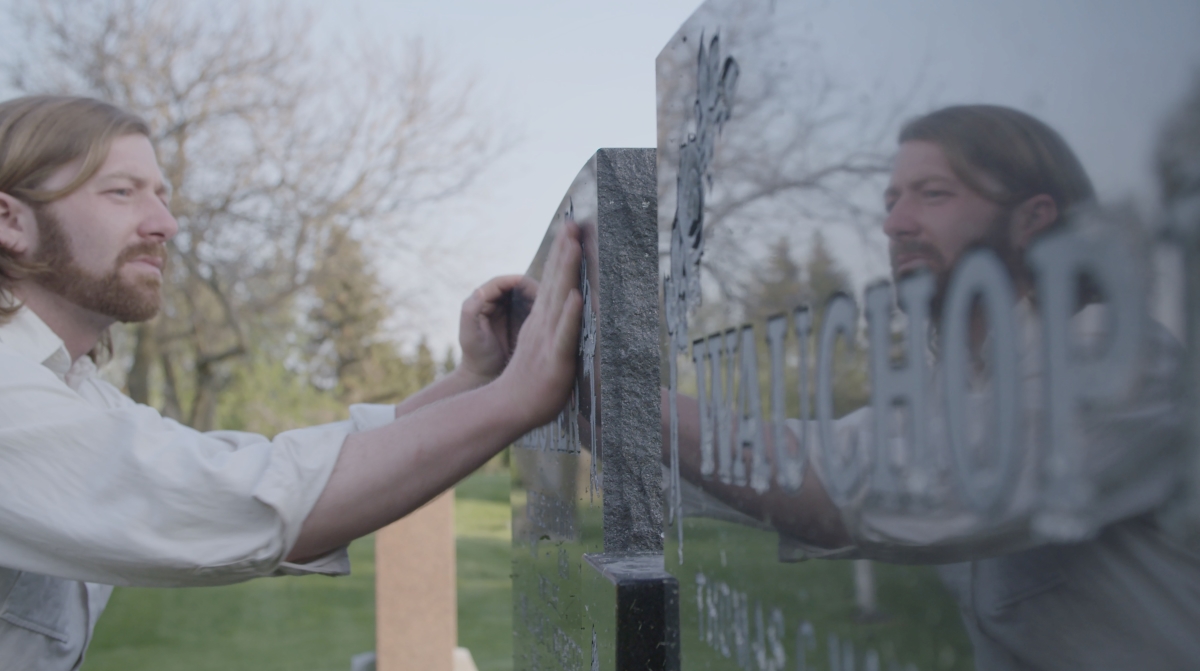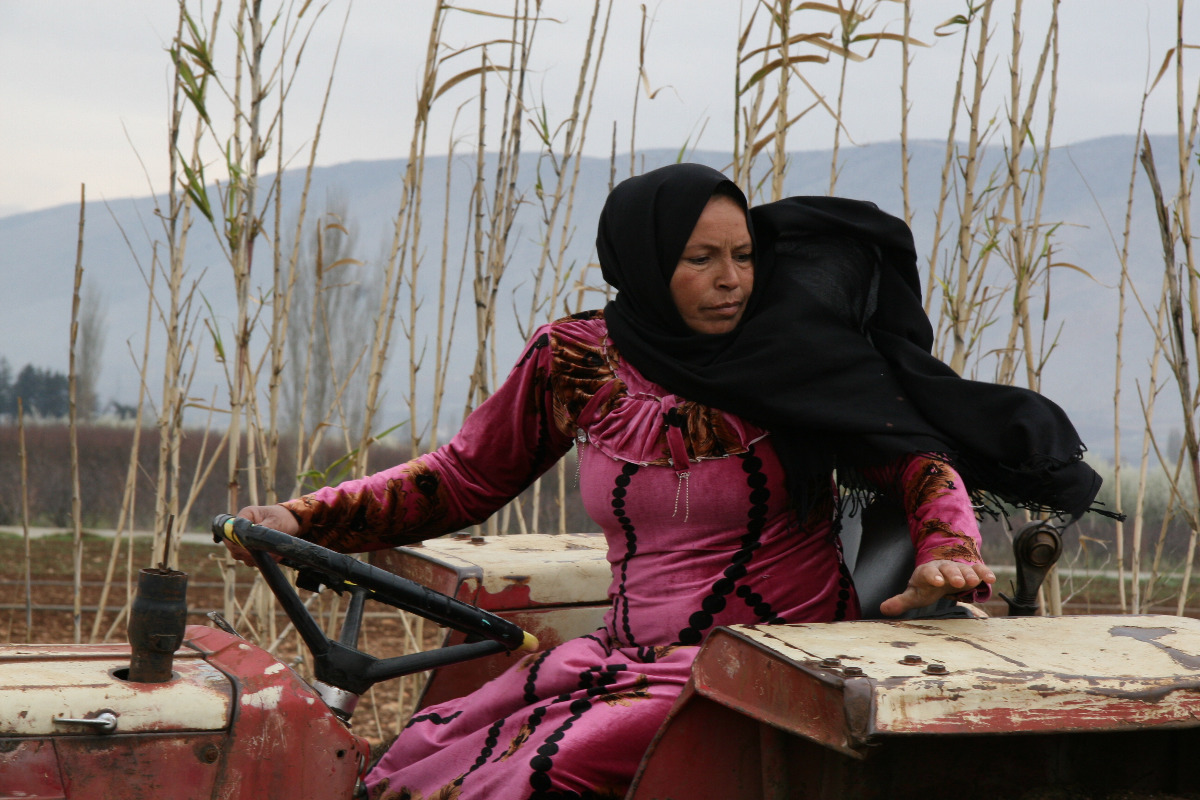Shelter
(Canada, 75 minutes)
Dir. Tess Girard
Program: Canadian Spectrum (World Premiere)
For many of us, the cliché “there’s no place like home” feels especially cruel because we know that such sentiments are so rarely true. The family is gone, the home is sold, the friends have moved, and your memory will have to suffice to evoke your youth. In her beautifully shot film, Tess Girard returns to Horning’s Mills, the small town in Ontario where she spent so much of her time while growing up, to find if not a home, at least a shelter from the storm that can be inflicted on anyone after experiencing some of life’s downfalls. Coming back to a small Ontario town looking for answers can be a problematic journey, one with high expectations and very little chance of ending up well.
Girard imbues the film with a low-key anxiety from its opening scene, where the crossroads of Horning’s Mills is shown. Through a judicious use of her own voice as a disembodied narrator, we feel and hear Girard without seeing her as we encounter individuals and situations that are meaningful to her and the town’s history. She’s simultaneously mysterious—a voice, not a body—and someone who is wise, guiding us through the intricacies of the town and its inhabitants.
Horning’s Mills has one contemporary claim to fame. Bruce Beach and his wife Jean, a hometown ‘girl,’ have lived there for decades. Bruce Beach has acquired a good deal of fame in Canada and internationally through making Ark Two, one of the world’s most elaborate nuclear fallout shelters. Acting on the fear that so many had during the height of the Cold War, he made a huge space, big enough to fit a community, 14 feet underground made up of 42 school buses encased in concrete and various other structural amenities such as bunk beds, stoves, refrigerators and couches and chairs. Alternately endorsed and fought against by civic authorities, Beach’s Ark Two still exists as an aging man’s dream and a relic of the past.
Girard spends time with the Beaches and friends from her high school days, Jocelyn and Jim. Jocelyn has spent a lot of time and money reconstructing her family home, which, in turn, had initially been a general store way back in the village’s past. Girard generously allows Jocelyn the opportunity to talk about her family and then to evoke the past by reminiscing about the old store and its meaning to the community. Her husband Jimmy is a seventh-generation settler to the area and Girard brilliantly stages his longest monologue in the graveyard, talking about his family’s and the small town’s history.
In an important section, Girard acknowledges Ontario’s Indigenous roots and recognizes that her journey into the past only goes so far, that the true history of the area is far older and more complex than what we see in the film. The Horning’s Mills we see is a product of settler culture and is far less rich than what we can only imagine would have taken place in the area in the centuries before Ontario’s historical story began to take place.
Ultimately, Shelter is about finding our roots in order to move forward in our lives. Is that always possible? Girard has made a film of depth and emotion without embracing the idea that home is the right place for everyone. I think she’s right: some people need it while others have the fortitude to move on.











